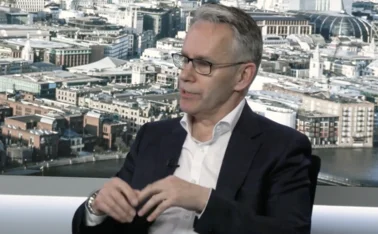
Spotlight on periodical payment orders: The benefits of transferring PPO risks to a life insurer

Start-up life insurer AUL Assurance is targeting general insurers, offering them an opportunity to reduce their exposure to periodical payment order risks. What are the benefits of such transfers and why might the recent ASHE inflation figures make this option more attractive in the future?
Why do you think it is sensible for general insurers to “transfer” Periodical Payment Order risks to life insurers? Paul Hately, CEO, AULAThese arise from a casualty
Only users who have a paid subscription or are part of a corporate subscription are able to print or copy content.
To access these options, along with all other subscription benefits, please contact info@postonline.co.uk or view our subscription options here: https://subscriptions.postonline.co.uk/subscribe
You are currently unable to print this content. Please contact info@postonline.co.uk to find out more.
You are currently unable to copy this content. Please contact info@postonline.co.uk to find out more.
Copyright Infopro Digital Limited. All rights reserved.
As outlined in our terms and conditions, https://www.infopro-digital.com/terms-and-conditions/subscriptions/ (point 2.4), printing is limited to a single copy.
If you would like to purchase additional rights please email info@postonline.co.uk
Copyright Infopro Digital Limited. All rights reserved.
You may share this content using our article tools. As outlined in our terms and conditions, https://www.infopro-digital.com/terms-and-conditions/subscriptions/ (clause 2.4), an Authorised User may only make one copy of the materials for their own personal use. You must also comply with the restrictions in clause 2.5.
If you would like to purchase additional rights please email info@postonline.co.uk









